Tin Foil or Aluminum Foil: Know the Right Choice
Tin foil has been a household staple for decades, though most people actually use aluminum foil these days.
The shiny, flexible material serves countless purposes in kitchens worldwide, from wrapping leftovers to lining baking sheets.
Many cooks swear by its heat conductivity when creating perfect food parcels for the oven or grill.
This versatile kitchen helper also proves invaluable for preserving food freshness and preventing freezer burn.
Home remedy enthusiasts might even recommend it for unusual applications like sharpening scissors or polishing silverware.
Interestingly, what most folks call "tin foil" actually contains no tin at all in modern versions.
The distinction matters less than knowing how to use this remarkable kitchen tool effectively for your cooking needs.
Stay with us as we unwrap the complete story behind this everyday essential and reveal tips that will transform your culinary techniques.
Aluminum vs. Tin Foil: What Makes Them So Confusion?
Many people confuse aluminum foil with tin foil, often thinking they are the same, but they are actually different materials. Foil refers to any thin sheet of metal, which can be made from aluminum, tin, silver, gold, and other metals.
Today, most grocery stores sell aluminum foil because it’s cheaper, more versatile, and widely used for cooking, food storage, and other household tasks. Tin foil was once the common choice for food packaging before aluminum foil became popular in the early 1900s.
The confusion persists partly because people habitually call aluminum foil “tin foil,” and some brands still use “tin” in their names despite selling aluminum products.
The History of Tin Foil and Aluminum Foil
Originally, tin foil was used in the late 1800s and early 1900s for packaging and insulation. Aluminum foil replaced it by the 1920s because it was cheaper, more durable, and flexible.
Aluminum foil became popular in kitchens around 1940, after an employee at Reynolds Wrap used it to carry his Thanksgiving turkey, showcasing its cooking usefulness.
Despite this, the name “tin foil” stuck due to habit - many people grew up calling aluminum foil by the old name. In some places, like parts of England, “tin” is still used to describe metal containers or foil, regardless of the actual material, simply because it’s what previous generations called it. This tradition continues today.
What are Similarities Between Tin and Aluminum Foil
Tin vs Aluminum Foil: Check Out Their Differences
Check this table first for detailed comparison info of tin foil and aluminum foil.
| Feature | Tin Foil | Aluminum Foil |
| Ductility | Poor ductility; harder to roll thin; tears easily when unrolled. | Highly ductile; can be rolled thinner; more foil per roll; tears less easily. |
| Durability | Less sturdy and stiffer; harder to wrap food smoothly. | More durable and flexible; easier to use for wrapping. |
| Heat Conductivity | Lower heat conductivity; less efficient for cooking. | About 3.5 times higher heat conductivity; ideal for grilling and baking. |
| Electric Conductivity | Lower electric conductivity. | About 4.2 times higher electric conductivity; better for electrical uses. |
| Temperature Limit | Melts around 445°F (lower than parchment paper). | Melts at 1220°F; withstands high cooking temperatures safely. |
| Taste Alteration | Can impart a bitter “tin” taste to food during storage. | May cause slight metallic taste with acidic foods but generally neutral. |
| Uses Today | Rarely used today except in some electrical capacitors. | Widely used in cooking, packaging, and electronics; replacing tin foil. |
Ductility
Tin foil is stiffer and less flexible, which can make wrapping food awkward and frustrating. Aluminum foil is more durable and pliable, making it the preferred choice for wrapping and storing food because it conforms better to shapes and holds up during handling.
Heat Conductivity
Aluminum foil has roughly 3.5 times the heat conductivity of tin foil. This makes aluminum foil much more efficient for cooking tasks such as grilling and baking, helping reduce cooking times. The poor heat conduction of tin foil limited its use in cooking before aluminum foil became widespread.
Electric Conductivity
Aluminum foil works better for electrical kitchen gadgets because its conductivity is about 4.2 times higher than tin. This superior electrical flow makes it a smart choice not only in your kitchen but also for numerous other electrical applications where efficiency matters.
The remarkable difference in how these metals carry current explains why manufacturers often select aluminum when designing tools that need reliable power transmission with less resistance.
Temperature Limit
Aluminum foil stands out for its incredible heat tolerance, resisting melting until it hits 1220°F - making it impossible to burn during normal cooking. Tin foil, on the other hand, melts at just 445°F, which is actually lower than regular parchment paper.
When deciding whether to use foil in your crockpot or other kitchen tools, the maximum temperature matters a lot. Most home cooking never reaches aluminum foil's melting point, so it handles nearly all cooking tasks with ease.
For safety and reliability in high-heat situations, aluminum foil provides much better protection compared to tin foil, giving you peace of mind while preparing meals.
Taste Alteration
One major downside of tin foil is that it can give food a bitter “tin” taste during storage.
Aluminum foil generally does not alter the flavor unless used with acidic foods, where a slight metallic taste might develop.
Uses
Tin foil is now rare and mostly limited to some electrical components.
Aluminum foil is widely used not only in kitchens but also in food packaging (like potato chip bags) and electronics. Its superior properties have largely phased out tin foil, and aluminum foil is expected to dominate completely in the future.
Complete Guide to Use Aluminum Foil
Cooking with aluminum foil can be way more exciting than most people think. The shiny kitchen helper does so much beyond basic food wrapping - it creates perfect steam pockets for juicy meats, forms custom-shaped baking molds, and even makes cleanup after dinner a breeze.
Wrapping
Aluminum foil’s waterproof and greaseproof qualities, along with its standard thickness, lock in moisture, keeping food tender and juicy during cooking and storage. For better freshness, heavy-duty foil is recommended over regular foil.
Grilling
While butcher paper and parchment paper can substitute for aluminum foil, they don’t withstand open flames like foil does. With a high melting point of 1220°F, aluminum foil is perfect for grilling, helping retain moisture and flavor - like when wrapping corn on the cob.
Baking
Despite its thin appearance, aluminum foil is oven-safe due to its heat resistance. It’s great for wrapping, covering, or lining dishes to create tender, juicy results without the risk of burning.
Safety Tips for Smart Aluminum Foil Cooking
Many people use aluminum foil in daily cooking, but certain risks should be kept in mind for safety. When you cook with foil, it's best to check what works and what doesn't with your kitchen tools.
Acidic Foods With Aluminum Foil
Aluminum foil has replaced tin foil because tin leaves a bitter taste in food, though aluminum can also transfer a metallic flavor when cooking acidic dishes. Many people don't realize that excessive use of aluminum foil may lead to accidentally consuming too much of this metal.
While our bodies naturally contain some aluminum, taking in more than necessary might cause symptoms like confusion and muscle or bone pain.
For safety reasons, experts recommend that a 60-kilogram person should consume no more than 24g of aluminum.
The simple solution is to cut back on how often you use aluminum products in your everyday cooking routine.
Putting Aluminum Foil In The Microwave
Putting aluminum foil in the microwave can be dangerous because the foil can cause sparks and even start a fire. Microwaves cause electric currents to flow through the metal foil, which can create sparks or arcing, especially if the foil is crinkled or close to the microwave walls.
This can damage the microwave oven or ignite nearby materials. Small, smooth pieces of foil used carefully and briefly might be safe in some microwaves, but generally, it’s best to avoid using aluminum foil in the microwave altogether to prevent hazards.
Got Questions? We’ve Got Solutions
1. Can I use these foils interchangeably in the kitchen?
Yes, you can use tin foil and aluminum foil interchangeably for most kitchen tasks like wrapping, cooking, and storing food. Most "tin foil" sold today is actually aluminum foil.
2. Is one safer for cooking than the other?
Aluminum foil is generally safer for food contact as pure tin can transfer a metallic taste to food and historically contained lead. Modern aluminum foil is designed specifically for food safety.
3. Why is it still called tin foil if it's made of aluminum?
The name "tin foil" stuck around as a common term even after manufacturers switched from tin to aluminum in the early 1900s. It's similar to how we still "dial" phone numbers on smartphones.
4. Does one conduct heat better for cooking?
Aluminum foil conducts heat better than traditional tin foil did, which is why it works so well for baking, grilling, and preserving heat in wrapped foods.

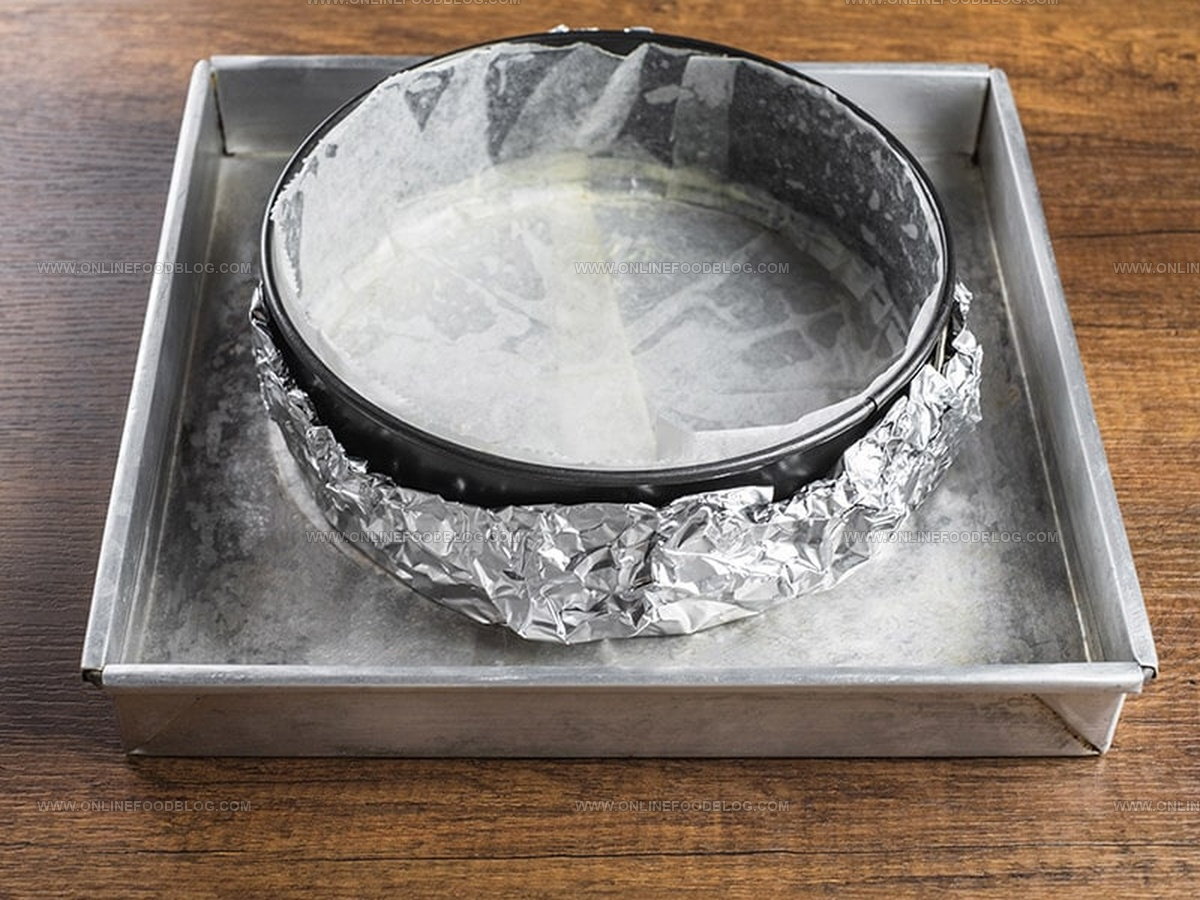
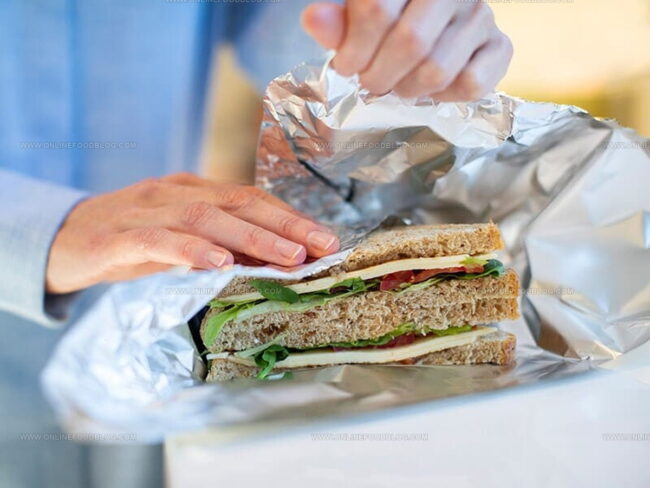

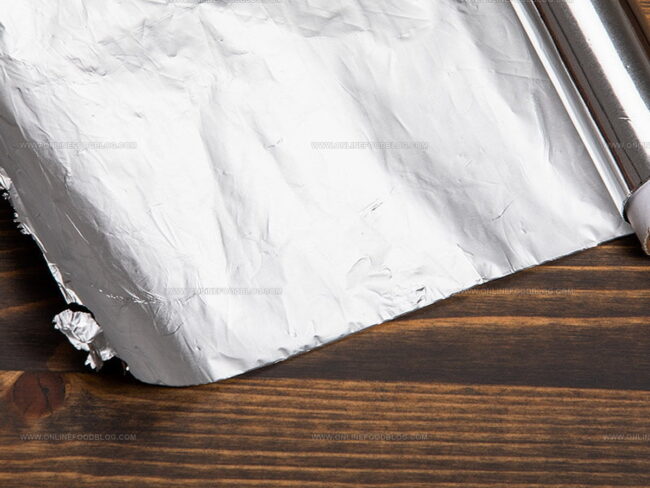
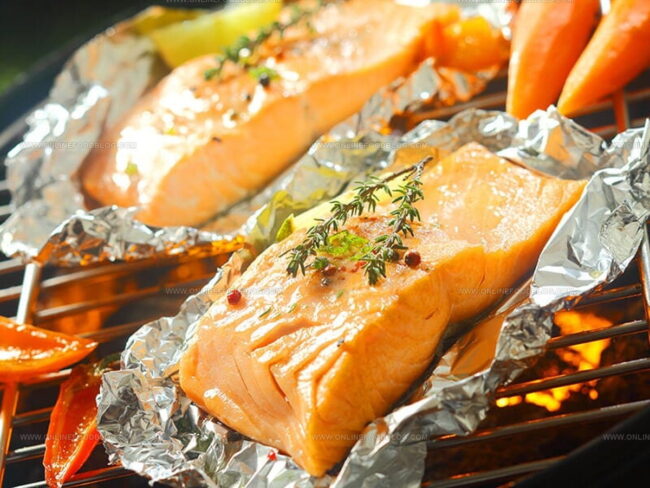
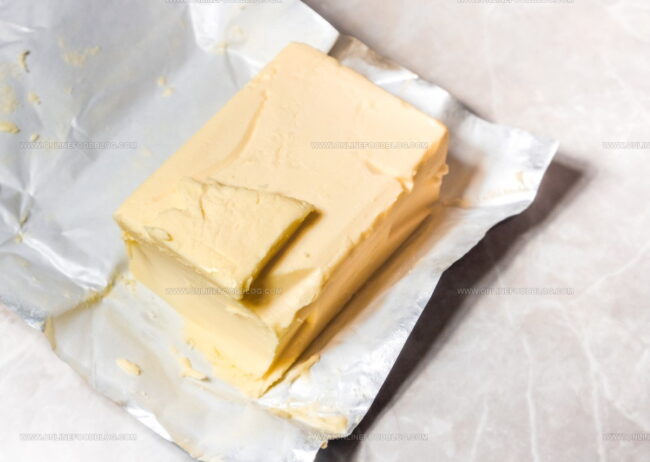
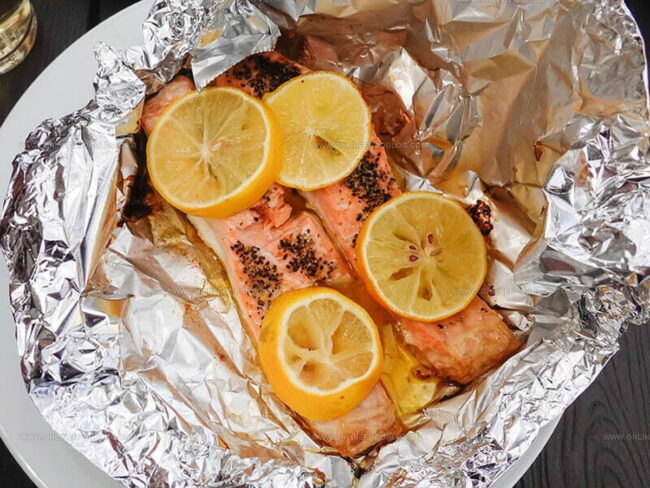
Mia Reynolds
Food Writer & Home Cooking Specialist
Expertise
Easy Home Baking, Recipe Writing and Storytelling, Local and Seasonal Ingredients, Baking for Beginners
Education
New England Culinary Institute (NECI), Montpelier, Vermont
Community College of Vermont, Winooski, Vermont
Mia Reynolds fell in love with baking as a teenager experimenting in her family kitchen. Her passion took her to New England Culinary Institute, where she learned practical pastry techniques, and later to Community College of Vermont to deepen her understanding of food management.
Mia combines clear, simple baking instructions with heartwarming stories, making home baking approachable for everyone.